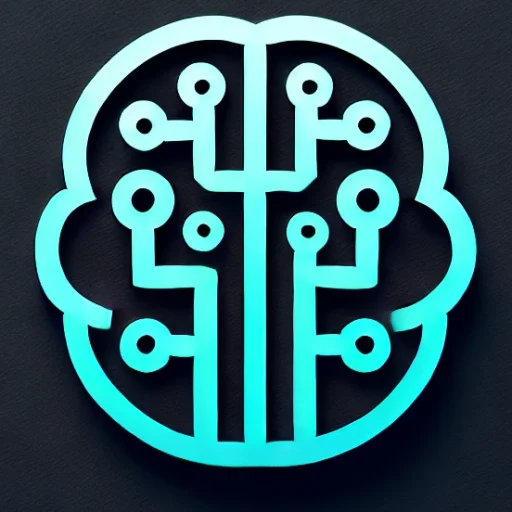
Introduction
In the rapidly evolving realm of artificial intelligence, AI-driven language models have emerged as a groundbreaking and transformative technology. Their ability to understand and generate human-like text has profound implications not only for communication but also across various sectors including healthcare, education, and entertainment. This blog post delves into the significance of AI language models, exploring the latest advancements, real-world applications, and the challenges that lie ahead.
Key Insights & Latest Advancements
AI language models, particularly those like OpenAI’s GPT-4 and Google’s PaLM, have been at the forefront of recent technological breakthroughs. These models utilize massive datasets and sophisticated algorithms to understand context, nuances, and even emotions in human language, making them more insightful and reliable than ever before.
Recent advancements include enhanced ability to carry out multi-turn conversations, improved understanding of context, and the novel integration of visual and auditory inputs along with text. These innovations have improved applications such as virtual assistants, content generation, and language translation, marking a leap forward in human-computer interaction.
Real-World Applications
AI-driven language models are revolutionizing the way businesses and consumers interact:
-
Customer Service: AI chatbots powered by language models are providing round-the-clock support with high accuracy, reducing the need for human intervention.
-
Content Creation: Tools like Jasper and Copy.ai allow writers and marketers to generate creative content quickly, enhancing productivity and creativity.
-
Healthcare: AI models assist in diagnosing diseases by comprehensively understanding and analyzing medical data and patient interactions, providing crucial support in decision-making.
-
Education: Personalized learning experiences are now possible through AI, which can tailor educational content and provide instant feedback, thus enhancing learning outcomes.
Challenges & Future Outlook
Despite their impressive capabilities, AI-driven language models face notable challenges. The primary concern is the ethical use of AI, particularly regarding biases that may exist in training data, leading to skewed or prejudiced outputs. Additionally, there is an ongoing debate about the transparency of these models and the potential misuse of AI-generated content for misinformation.
The future of AI language models looks promising as researchers aim to develop more interpretable and ethically sound AI processes. Ongoing advancements strive to improve the handling of highly complex languages and dialects while ensuring models are adaptable and sensitive to global diversity.
Conclusion
AI-driven language models represent a significant leap in technology, with the potential to redefine communication, decision-making, and creative processes across many sectors. As these models continue to evolve, they will provide unprecedented opportunities and insights, though not without the need for careful oversight regarding their ethical implications. Embracing these tools with a balanced approach can lead to a future where AI plays a pivotal role in enhancing our daily lives and transforming industries worldwide.
Key Takeaways:
- AI language models have transformed text-based human-computer interaction.
- They have vast applications in customer service, content creation, and more.
- Ethical considerations are crucial to harnessing their full potential responsibly.
- Continued advancements will further integrate AI into diverse aspects of life.

